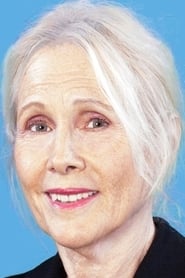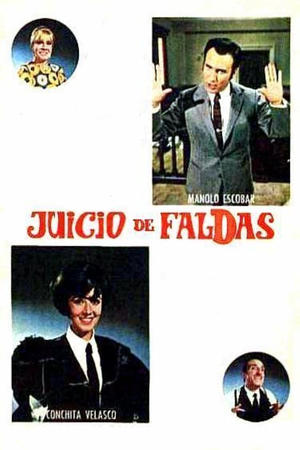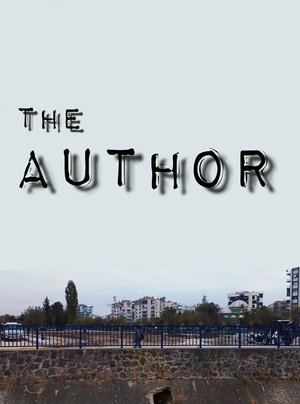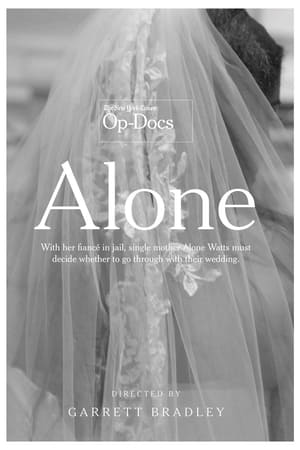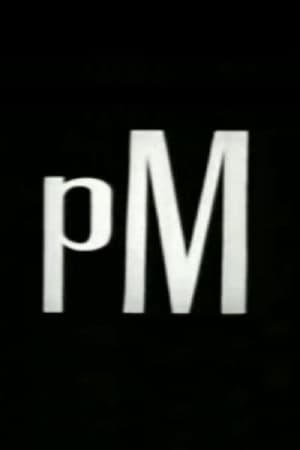
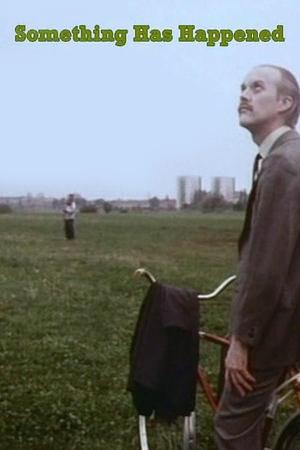
Something Has Happened(1987)
As the AIDS epidemic was spreading in 1987, the Swedish government commissioned Roy Andersson to make an educational film about the disease. In these twenty or so monotone scenes, Andersson criticizes the medical community for its dehumanizing and racist tendencies when researching HIV and AIDS.
Movie: Something Has Happened
Top 4 Billed Cast

Någonting har hänt
HomePage
Overview
As the AIDS epidemic was spreading in 1987, the Swedish government commissioned Roy Andersson to make an educational film about the disease. In these twenty or so monotone scenes, Andersson criticizes the medical community for its dehumanizing and racist tendencies when researching HIV and AIDS.
Release Date
1987-03-27
Average
7.1
Rating:
3.5 startsTagline
Genres
Languages:
svenskaKeywords
Recommendations Movies
 6.4
6.4La pulquería 2(es)
In this second part, the devil (Alfonso Zayas) returns to earth in search of a cure for his loss of masculinity; while Gerardo (Jorge Rivero), the rich and handsome character, continues to seduce his beloved.
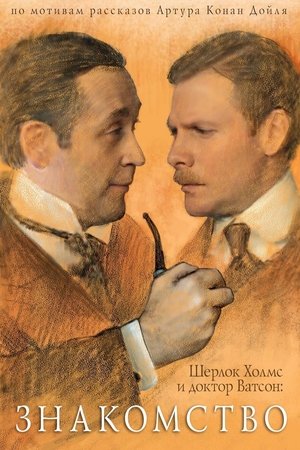 7.8
7.8Sherlock Holmes and Dr. Watson: Acquaintance(ru)
Dr. Watson, who served in the English armed forces and was in the Afghan war, retires and returns to his homeland, in England. Since the financial situation of the doctor is very precarious, his long-time friend Mr. Stamford offers him to rent a room in the house at 221-B Baker Street, which is rented by an elderly lady - Mrs. Hudson. The second rented room is already occupied by another gentleman - the mysterious Mr. Sherlock Holmes. Holmes makes an ambiguous impression on Watson. He conducts complex chemical experiments with blood, plays the violin, has the deepest knowledge about cigar ash, London dirt and criminal law, but at the same time demonstrates complete ignorance of well-known truths (for example, the fact that the Earth revolves around the Sun), does not read fiction, as well as books on history and philosophy. At the same time, very strange visitors constantly come to Holmes, and on the table he has portraits of personalities of a disgusting appearance.
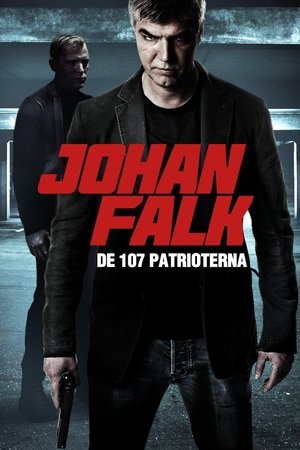 6.3
6.3Johan Falk: De 107 patrioterna(sv)
It's a beautiful day in Slottsskogen, Gothenburg idyllic city park, when suddenly the unthinkable happens - gunfire amidst all people. Two gangsters shooting game against each other and a large police operation starts. The conflict grows rapidly to involve several gangs from Gothenburg underworld. GSI switched to try to identify a new thread which proves to be both larger and better armed than any other. The only clue is a tattoo on one of the killed gang members.
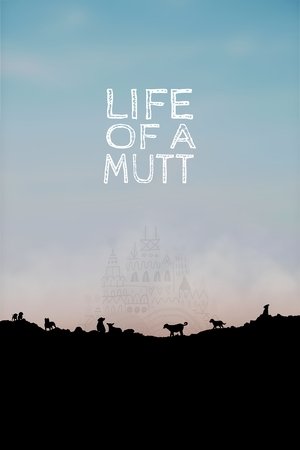 10.0
10.0Life of a Mutt(sr)
Through seven scenes, the film follows the life and destinies of stray dogs from the margins of our society, leading us to reconsider our attitude towards them. Through the seven “wandering” characters that we follow at different ages, from birth to old age, we witness their dignified struggle for survival. At the cemetery, in an abandoned factory, in an asylum, in a landfill, in places full of sorrow, our heroes search for love and togetherness. By combining documentary material, animation and acting interpretation of the thoughts of our heroes, we get to know lives between disappointment and hope, quite similar to ours.
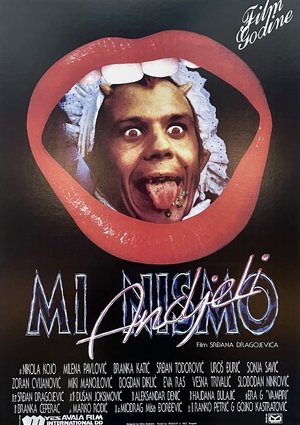 7.6
7.6We Are Not Angels(sr)
Angel and the devil fight for the soul of a Belgrade playboy who made a young girl pregnant.
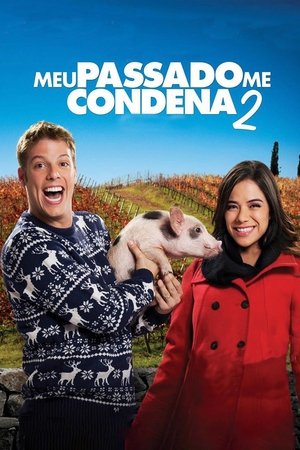 6.3
6.3Meu Passado Me Condena 2: O Filme(pt)
The life of Fabio and Miá falls into the rut when differences, which are not few, need to be faced. After Fábio forget the third wedding anniversary, Miá decides to ask for a time in the relationship. When Fábio's grandfather, who lives in Portugal, tells him that he was a widower, he sees on this trip to the funeral an opportunity to save his marriage.
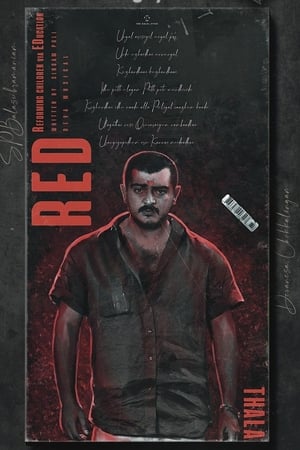 5.1
5.1Red(ta)
Red is a local don who possesses a heart of gold. Seeni, another don in the area, is his biggest enemy. Red falls for Gayathri and she too likes him but wants him to give up his life of violence. Meanwhile Rajesh, a reporter, begins to serialize Red's story for Ananda Vikatan and it becomes quite the rage among readers.
 3.3
3.3Cold Hard Cash(en)
Watch what happens when two beautiful bad girls with no option are put in a desperate situation.
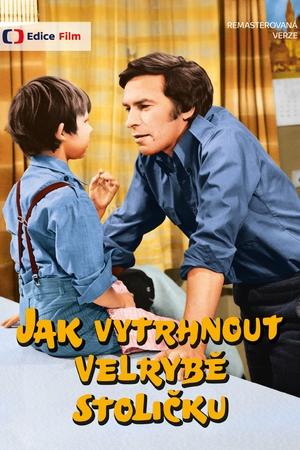 7.6
7.6How to Pull Out a Whale's Tooth(cs)
Vasek, 8 years old boy is desperate to find a new "father" for his mother.
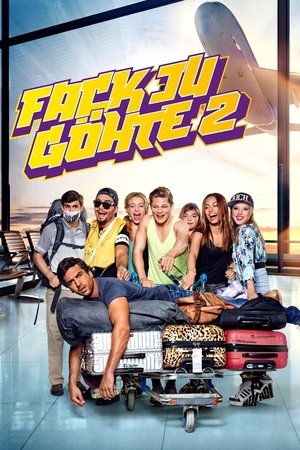 6.4
6.4Suck Me Shakespeer 2(de)
A rowdy teacher accompanies a class trip to Thailand to recover some diamonds accidentally sent there and restore the school's reputation.
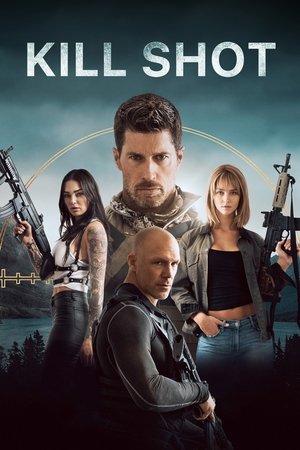 8.8
8.8Kill Shot(en)
Posing as hunters, a group of terrorists are in search of $100 million that was stolen and lost in a plane crash en route from Afghanistan.
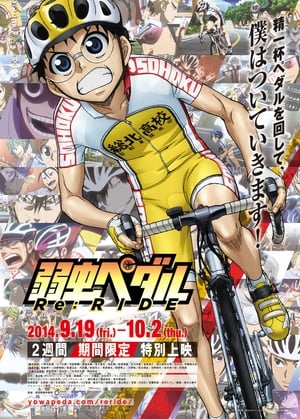 7.5
7.5Yowamushi Pedal Re:RIDE(ja)
Yowamushi Pedal: Re:RIDE compiles the first half of the Inter High arc from the first television anime season with some cuts of new footage added.
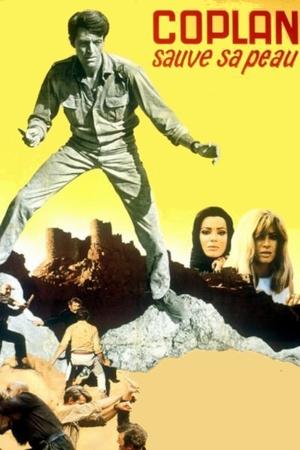 4.8
4.8Coplan Saves His Skin(fr)
Free-lance undercover agent Coplan receives a phone call from an old girlfriend in Turkey. The panic-stricken woman gives sketchy details of a plot that threatens world security. When Coplan arrives, he is told the woman has been killed, and the trail of the murderer leads to her mad-scientist brother.
Similar Movies
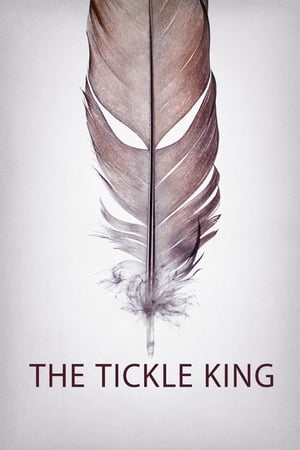 6.9
6.9The Tickle King(en)
Featuring new, previously unseen footage documenting the bizarre and unsettling things that happened to filmmakers David Farrier and Dylan Reeve as Tickled premiered at film festivals and theaters in 2016. Lawsuits, private investigators, disrupted screenings and surprise appearances are just part of what they encounter along the way. Amidst new threats, the duo begins to answer questions that remained once the credits rolled on Tickled, including whether the disturbing behavior they uncovered will ever come to an end.
Billy Joel: Building the Bridge(en)
In 1986, Billy Joel released the album titled The Bridge on July 29th on Columbia Records. Go behind the scenes with Billy and learn about the songwriting and recording process behind the album.
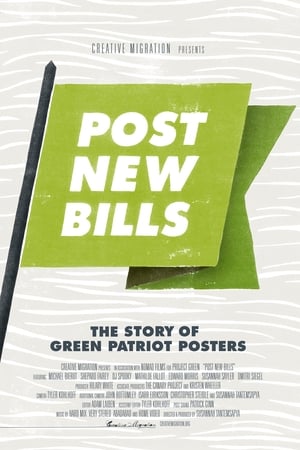 0.0
0.0Post New Bills: The Story of Green Patriot Posters(en)
A short documentary illustrating how art can influence public perception towards environmental issues. Green Patriot Posters is a highly acclaimed multimedia design campaign that challenges artists to deepen public understanding and ignite collective action in the fight against climate change. So far, it has reached five million people through print media, public space and digital culture. The film features interviews with key Green Patriot Posters contributors (Shepard Fairey, Michael Bierut, DJ Spooky, Mathilde Fallot) and its founders (The Canary Project, Dmitri Siegel).
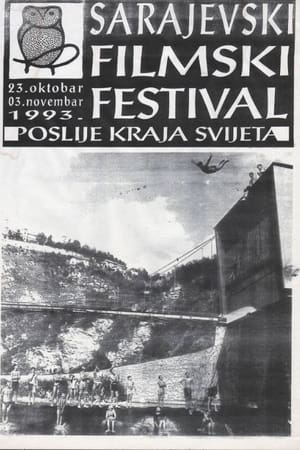 0.0
0.0Sarajevo Film Festival(en)
Sarajevo in the twentieth month of its besiegement. The situation is critical, but the city chooses to organise an international film festival. Dutch filmmakers Johan van der Keuken and Frank Vellenga present Van der Keuken's documentaries Face Value and Brass Unbound there, and one of the festival organisers asks a festival visitor: "What is the significance of film in war?" In Sarajevo Film Festival Film, a reflection on film, war and daily life, fictional images are juxtaposed in a disconcerting way with the gruesome reality of the life of a festival visitor.
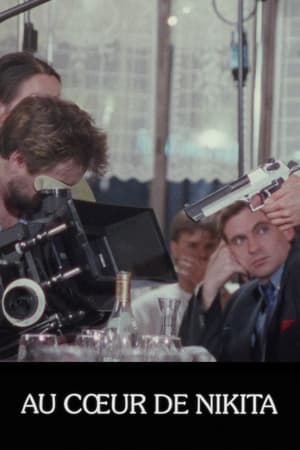 0.0
0.0Au coeur de Nikita(fr)
A documentary that captures some moments on set of filming of Luc Besson's "Nikita".
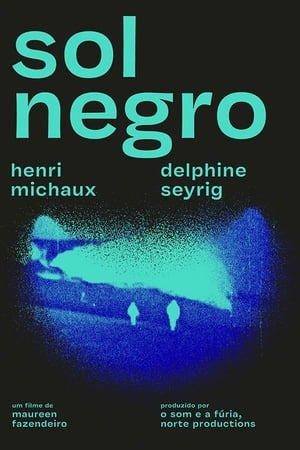 0.0
0.0Black Sun(pt)
Underscored by French film legend Delphine Seyrig’s evocative recitation of a Henri Michaux poem, Maureen Fazendeiro’s film is a mysterious, multi-textured portrait of eclipse spectators in Portugal.
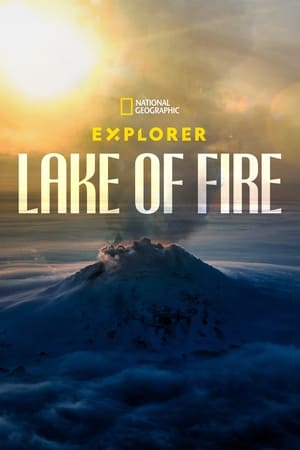 7.2
7.2Explorer: Lake of Fire(en)
In 2001, satellite imagery captured a mysterious “thermal anomaly” on an unexplored volcano at the ends of the Earth. What lies inside could provide new clues to help predict volcanic eruptions around the globe. But the island is so remote with conditions that are so extreme. No one has ever been able to reach the top to investigate what lies inside.. until now.
 7.1
7.1The Arrival of a Train at La Ciotat(fr)
A group of people are standing along the platform of a railway station in La Ciotat, waiting for a train. One is seen coming, at some distance, and eventually stops at the platform. Doors of the railway-cars open and attendants help passengers off and on. Popular legend has it that, when this film was shown, the first-night audience fled the café in terror, fearing being run over by the "approaching" train. This legend has since been identified as promotional embellishment, though there is evidence to suggest that people were astounded at the capabilities of the Lumières' cinématographe.
The Unfinished Journey(en)
A short about American life and history produced for the millennium New Year's Eve celebration.
 6.7
6.7Workers Leaving the Lumière Factory(fr)
Working men and women leave through the main gate of the Lumière factory in Lyon, France. Filmed on 22 March 1895, it is often referred to as the first real motion picture ever made, although Louis Le Prince's 1888 Roundhay Garden Scene pre-dated it by seven years. Three separate versions of this film exist, which differ from one another in numerous ways. The first version features a carriage drawn by one horse, while in the second version the carriage is drawn by two horses, and there is no carriage at all in the third version. The clothing style is also different between the three versions, demonstrating the different seasons in which each was filmed. This film was made in the 35 mm format with an aspect ratio of 1.33:1, and at a speed of 16 frames per second. At that rate, the 17 meters of film length provided a duration of 46 seconds, holding a total of 800 frames.
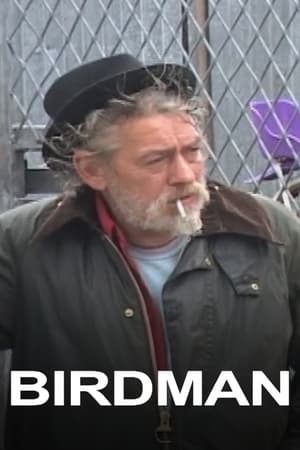 3.4
3.4Birdman(en)
A portrait of Robert, a troubled but poetic soul struggling with his purgatorial existence in a hackney scrapyard.
 7.0
7.0Land Without Bread(es)
An exploration —manipulated and staged— of life in Las Hurdes, in the province of Cáceres, in Extremadura, Spain, as it was in 1932. Insalubrity, misery and lack of opportunities provoke the emigration of young people and the solitude of those who remain in the desolation of one of the poorest and least developed Spanish regions at that time.
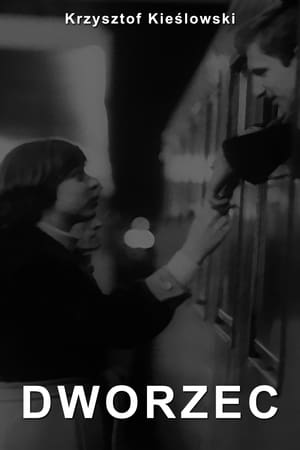 4.7
4.7Railway Station(pl)
Kieslowski’s later film Dworzec (Station, 1980) portrays the atmosphere at Central Station in Warsaw after the rush hour.
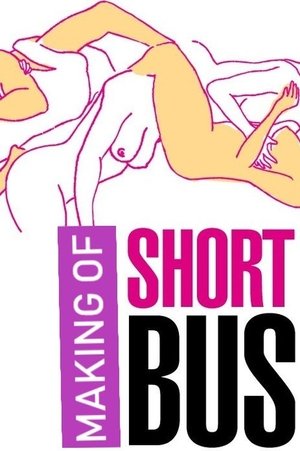 6.3
6.3Gifted and Challenged: The Making of 'Shortbus'(en)
A look at the unusual process used in the making of the film Shortbus (2006) featuring interviews, behind the scenes footage and clips from the feature film. Director John Cameron Mitchell starts with the concept of using real sex in a film with a positive message. The cast of unknowns is selected from homemade audition tapes and then a callback audition workshop. More acting workshops are used to develop the characters and script. The project overcomes a number of obstacles and the rest of the film's development is followed up until its premiere at the Cannes Film Festival.
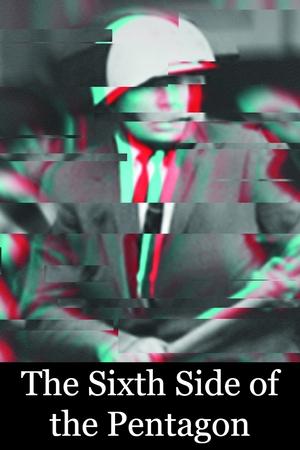 6.2
6.2The Sixth Side of the Pentagon(fr)
On October 21, 1967, over 100,000 protestors gathered in Washington, D.C., for the Mobilization to End the War in Vietnam. It was the largest protest gathering yet, and it brought together a wide cross-section of liberals, radicals, hippies, and Yippies. Che Guevara had been killed in Bolivia only two weeks previously, and, for many, it was the transition from simply marching against the war, to taking direct action to try to stop the 'American war machine.' Norman Mailer wrote about the events in Armies of the Night. French filmmaker Chris Marker, leading a team of filmmakers, was also there.
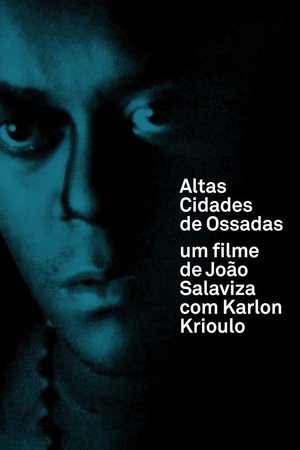 6.3
6.3High Cities of Bone(pt)
Karlon, born in Pedreira dos Húngaros (a slum in the outskirts of Lisbon) and a pioneer of Cape Verdean creole rap, runs away from the housing project to which he had been relocated.
Kenneth: Ron Padgett(en)
Ron Padgett (1942- ) is a poet and editor whose artistic career took off during his teenaged years in Tulsa, Oklahoma. There, along with Joe Brainard and Dick Gallup, he produced The White Dove Review, an art and culture magazine. Both Padgett and Brainard serendipitously moved together to New York City, where Padgett studied at Columbia University under the tutelage of Kenneth Koch and interacted with various Beat poets. He has taught poetry at various schools in the City, edited volumes such as the Full Court Press and Teachers & Writers Magazine and written volumes of poetry including 2013’s Collected Poems which won the Los Angeles Times Book Prize. He also wrote “memoirs” of both Brainard and fellow Tulsan Ted Berrigan.
